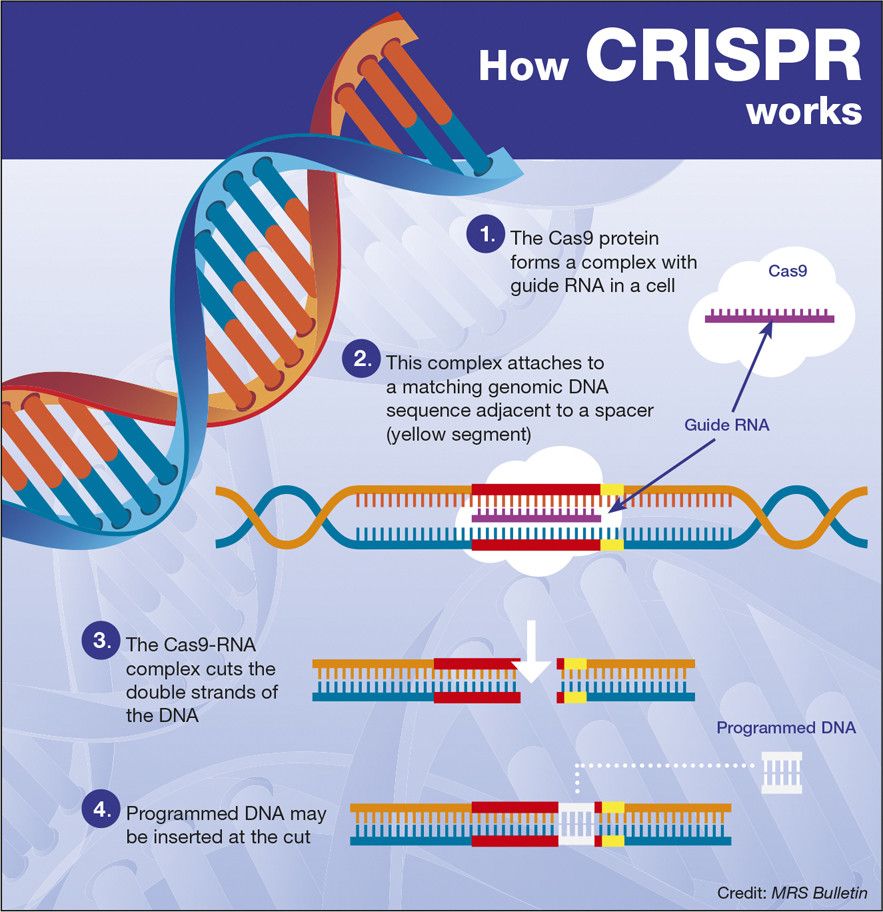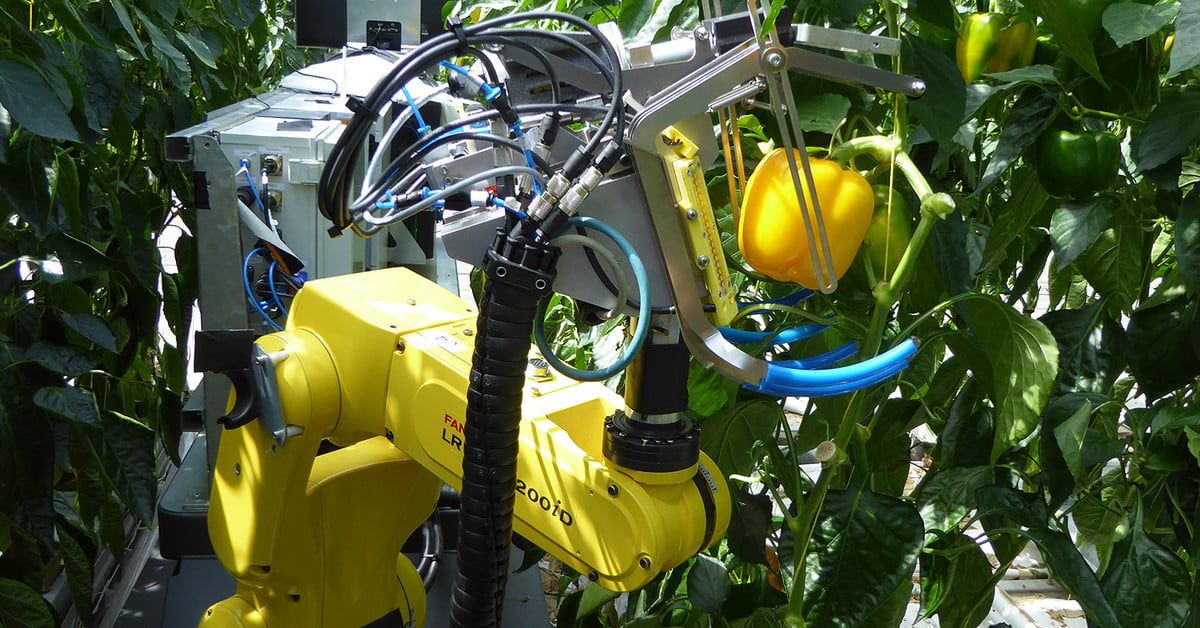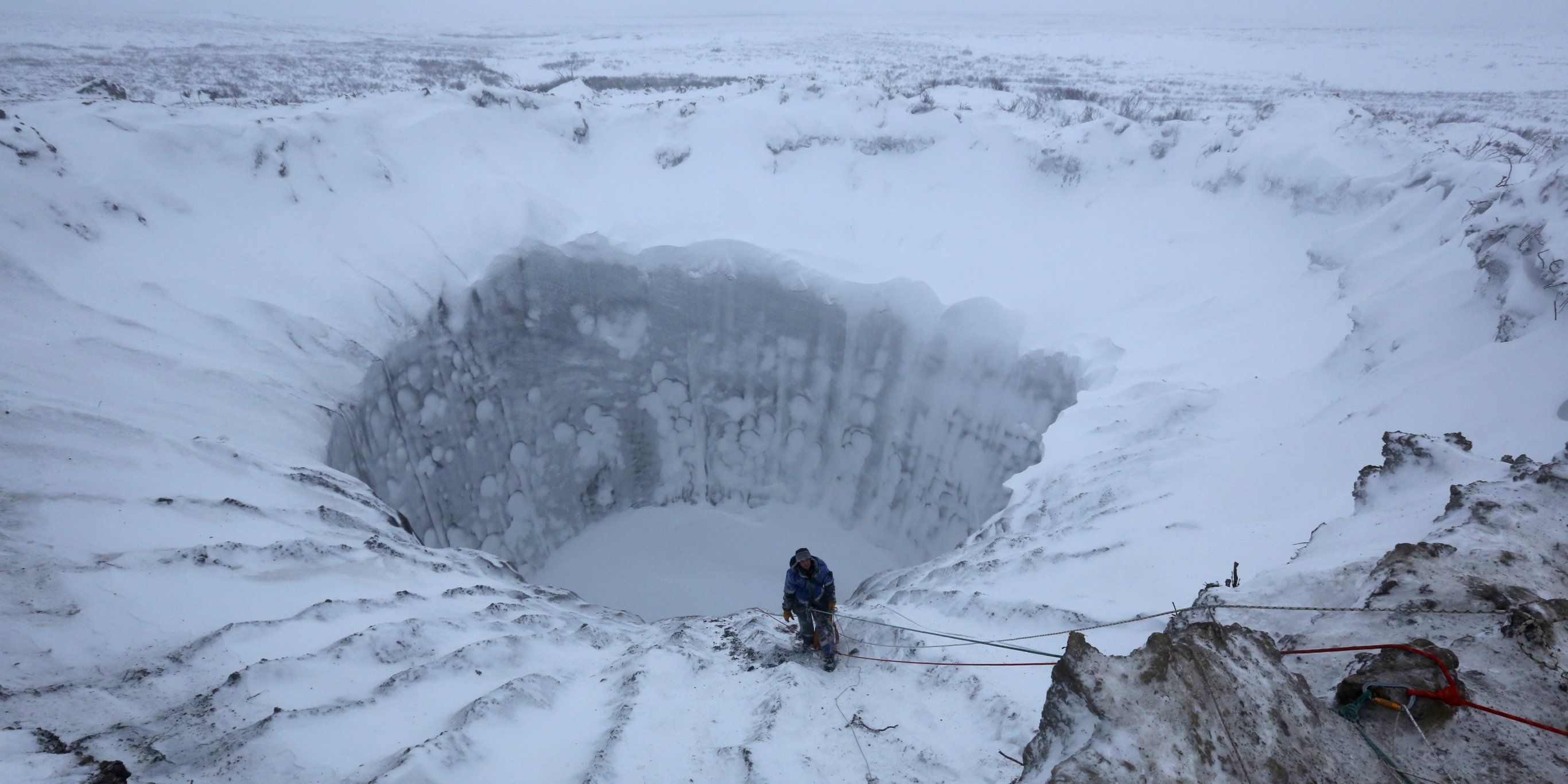So what would your dream body look like and do?
Entrepreneur Juan Enriquez has outlined a future in which we’ll be able to survive extreme environments and even hack our own memories, thanks to DNA manipulation.


New research measuring the importance of religion in 109 countries spanning the entire 20th century has reignited an age-old debate around the link between secularisation and economic growth. The study, published in Science Advances, has shown that a decline in religion influences a country’s future…

This is a new picture of Neptune taken from the Earth. It’s nothing short of amazing.
You’ve probably seen better pictures of Neptune from when Voyager 2 flew by in 1989. But there isn’t currently a spacecraft orbiting Neptune, so if scientists want pictures, they need to take them from 2.9 billion miles away. An upgrade on the Very Large Telescope at the European Southern Observatory in Chile has now allowed the ground-based telescope to take images as crisp as those taken by Hubble, a telescope that orbits Earth.
The Very Large Telescope consists of four telescopes with 8.2-meter (27-foot) mirrors in northern Chile’s Atacama Desert. Today, scientists at the observatory have released the first observations taken with laser tomography, the new adaptive optics mode on its GALACSI unit, which works alongside a spectrograph instrument called MUSE on one of the telescopes.


It wasn’t that long ago that solar power and wind power were labeled as marginal, ‘green’ electricity, but in the last five years or so they have become much more affordable and economically more feasible than conventional sources like coal and nuclear.
What supported solar along the way partly was the emergence of energy storage in the form of battery systems. Electricity can now be made by solar power systems and the excess can be stored for usage at night or on less sunny days. At least, solar power has been paired successfully with energy storage, and it is catching up with solar power. The cost of this newish technology is dropping, “The overall estimated cost fell 32% in 2015 and 2016, according to the 2017 GTM Reseach utility-scale storage report. That will slow over the next five years, GTM reported. But battery storage is — in certain places and applications — on its way to cost-competitiveness.”
According to Lazard, it could drop another 36% between 2018 and 2022. The UC-Berkeley research study, “Energy Storage Deployment and Innovation for the Clean Energy Transition,” predicted lithium-ion batteries could hit the $100 per kilowatt-hour mark in 2018.

The simulated virtual environment lets network defenders deceive, interact with and analyze adversaries in real time.

To keep an organization safe, you must think about the entire IT ecosystem.
The ever-expanding range and diversity of cyber threats make it difficult for organizations to prioritize their offensive and defensive strategies against attackers. From malware, ransomware, and other attacks coming from the outside, to insider threats and system vulnerabilities from within, today’s expanded attack surfaces cut across the whole enterprise landscape — and that means an enterprise’s threat intelligence strategy must address the entire IT ecosystem.
To be effective, threat intelligence must be proactive, comprehensive, and done in a way that doesn’t inadvertently create more risk. Unfortunately, as a recent Ponemon survey illustrates, most organizations fall short of this goal — tripped up by a range of challenges, including a lack of expertise and overwhelming volumes of data. Improved threat intelligence comes from improving the strategy, techniques, and tools employed by enterprises to probe their networks for weakness and shore up defenses and resiliency.
Update July 18th, 11:35AM ET: Blue Origin pulled off another successful test launch today, landing both the New Shepard rocket and capsule after flight. The company ignited the capsule’s emergency motor after it had separated from the rocket, pushing the spacecraft up to a top altitude of around 74 miles — a new record for Blue Origin. The firing also caused the capsule to sustain up to 10 Gs during the test, but Blue Origin host Ariane Cornell said “that is well within what humans can take, especially for such a short spurt of time.”
This morning, Jeff Bezos’ aerospace company Blue Origin will attempt the ninth test flight of its sub-orbital rocket, the New Shepard — a reusable vehicle designed to take tourists to the edge of space and back. And for this launch, the company will be testing out the vehicle’s escape motor once again. That’s the system that could help save the lives of future passengers if something were to go wrong during the climb through Earth’s atmosphere.
Like most vertical rockets, the New Shepard is designed to take off upright from a launchpad at Blue Origin’s facilities in West Texas. Perched on top of the vehicle is a capsule for crew members, which the rocket carries skyward during flight. Once the New Shepard reaches an altitude of around 62 miles — what’s often considered the edge of space — the capsule and rocket separate. If passengers were on board, that’s when they would experience a few minutes of weightlessness. Then, both the capsule and rocket fall back to Earth. Parachutes deploy to gently land the capsule, while the rocket reignites its engine to land upright on the ground.
